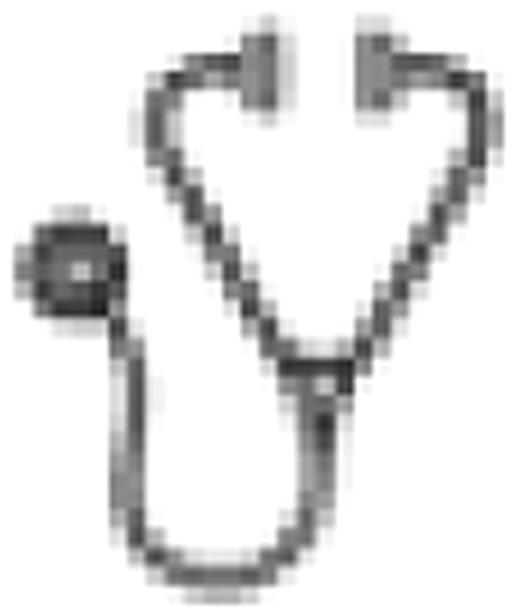Abstract
Abstract 2652
Secondary acute myeloid leukemia (sAML) following a myelodysplastic syndrome (mdsAML) or deriving as therapy-related AML (tAML) is regarded as an entity with a poor prognosis and patients are normally treated as high risk AML. However due to progress in elucidating the impact of molecular and cytogenetic markers and therefore combining biological and clinical data for prognosis and treatment outcome the aim of this analysis was to provide a prognostic scoring system for this entity by including clinical and laboratory data from patients being treated in the prospective AML96 trial of the DSIL study group.
A total of 318 patients with sAML (mdsAML = 239 and tAML = 79) were treated within the AML96 trial with a median follow-up for patients alive of 5.66 years (95% CI 4.426 – 6.895). All patients received double induction chemotherapy. Consolidation therapy contained high-dose cytosine arabinoside and for patients ' 60 years of age the option of autologous or allogeneic hematopoietic stem cell transplantation (HSCT) according to donor availability. Prognostic factors for survival were analyzed in the whole group of sAML patients in a multivariate Cox regression model for overall survival (OS) stratified by treatment groups (chemo-consolidation vs. allogeneic HSCT). Model selection was performed by backward selection applying the Likelihood-Ratio-Test.
Complete remission (CR) rate for all patients was 30.8% (n = 96). CR rate was lower in patients with mdsAML compared to patients with tAML (25.9% vs. 44.3%, p=.003). Patients with mdsAML were older and had a higher percentage of CD34+ blasts at diagnosis but to a lower extend aberrant karyotypes than patients with tAML. OS and disease free survival (DFS) at three years for all patients was 15.8% and 20.6%, respectively. While disease status (mdsAML vs. tAML) had no independent influence on survival, the dichotomized prognostic factors platelet count in the peripheral blood at diagnosis [HR = 0.535 (95% CI .415 – .689), p=<.000] as well as the NPM1 mutational status in the bone marrow at diagnosis [HR = 0.572 (95% CI .351 – .933), p=.025] were detected as independent predictors for overall survival. By combining these two variables, a prognostic model for OS with two risk groups for patients with sAML could be established with the low risk group being NPM1 positive or having platelets of >50 Gpt/l at diagnosis and the high risk group being NPM1 negative and having platelets of '50 Gpt/l at diagnosis. Three year OS for patients who received chemo-consolidation in the low risk group was 19.9% [95% CI = .128 - .270] and for patients in the high risk group 5.1% [95% CI = .014 - .088], p<.001. For patients who underwent allogeneic HSCT in first CR belonging to the low risk group the three year OS was 53.8% [95% CI = .346 - .730] and for patients in the high risk group 15.4% [95% CI = .000 - .35], p<.001.
For patients with sAML we provide a new prognostic model for risk stratification: 1) NPM1+ or Platelets >50 Gpt/l defining a low risk group and 2) NPM1- and Platelets ' 50 Gpt/l defining a high risk group.
No relevant conflicts of interest to declare.

This icon denotes an abstract that is clinically relevant.
Author notes
Asterisk with author names denotes non-ASH members.

This feature is available to Subscribers Only
Sign In or Create an Account Close Modal